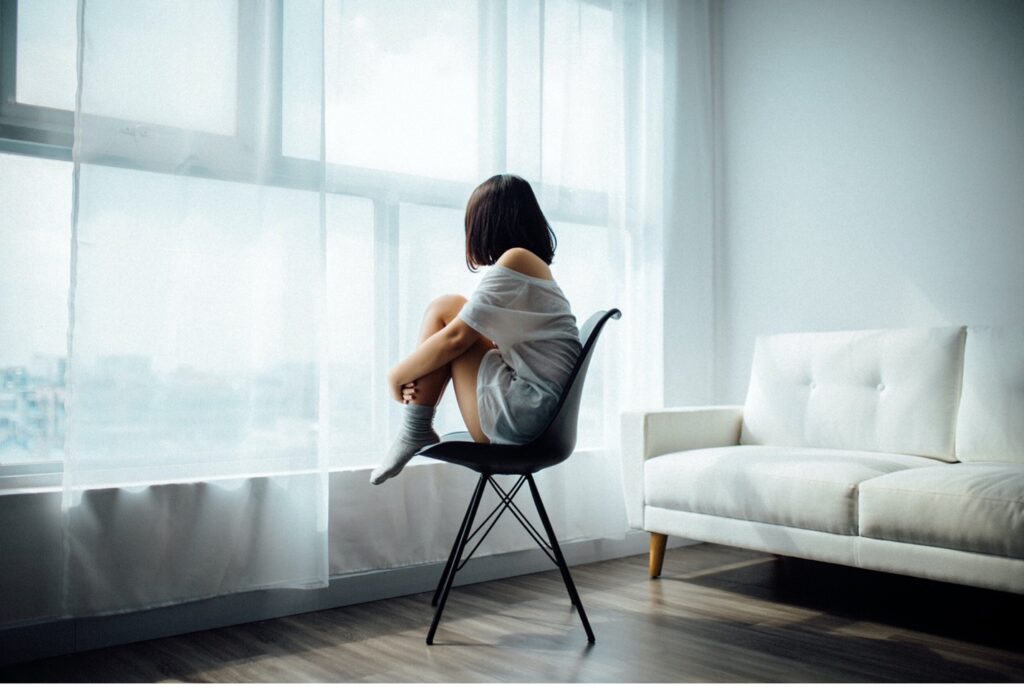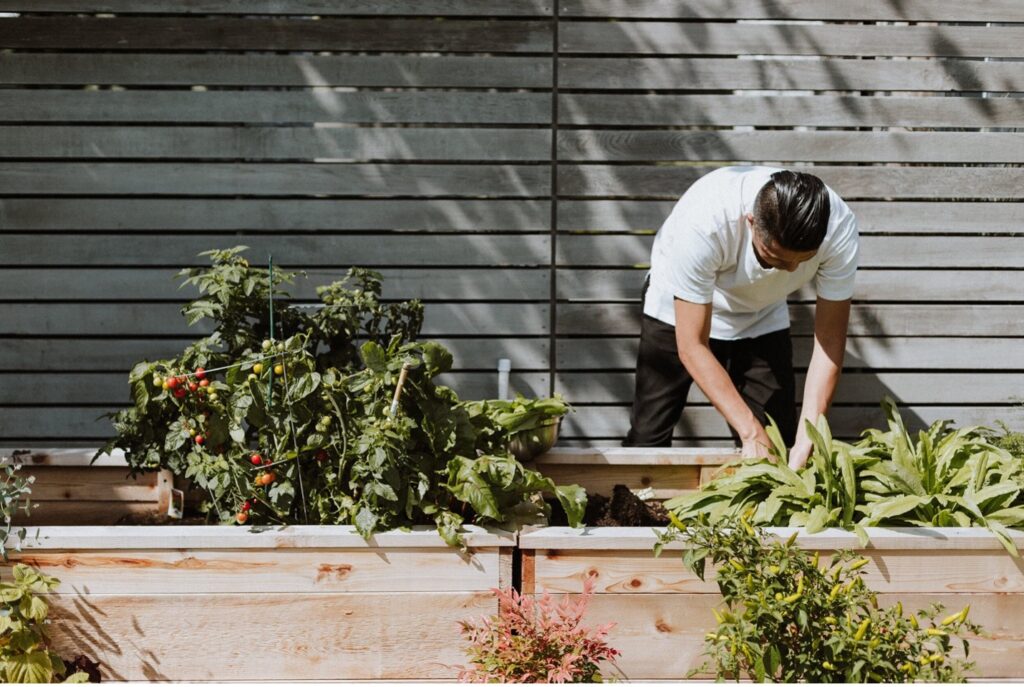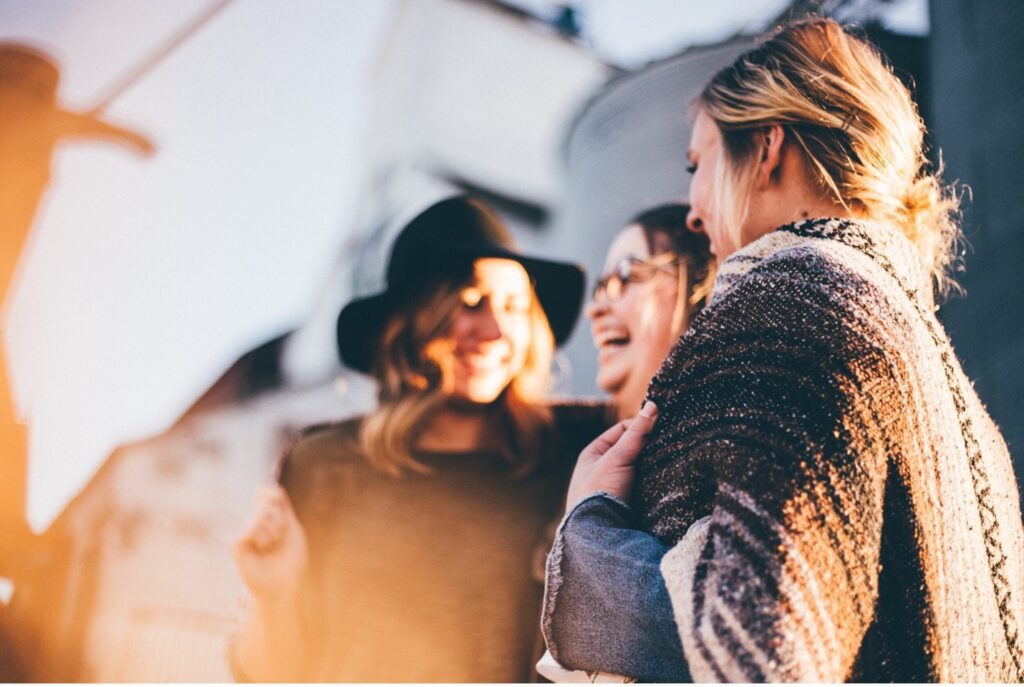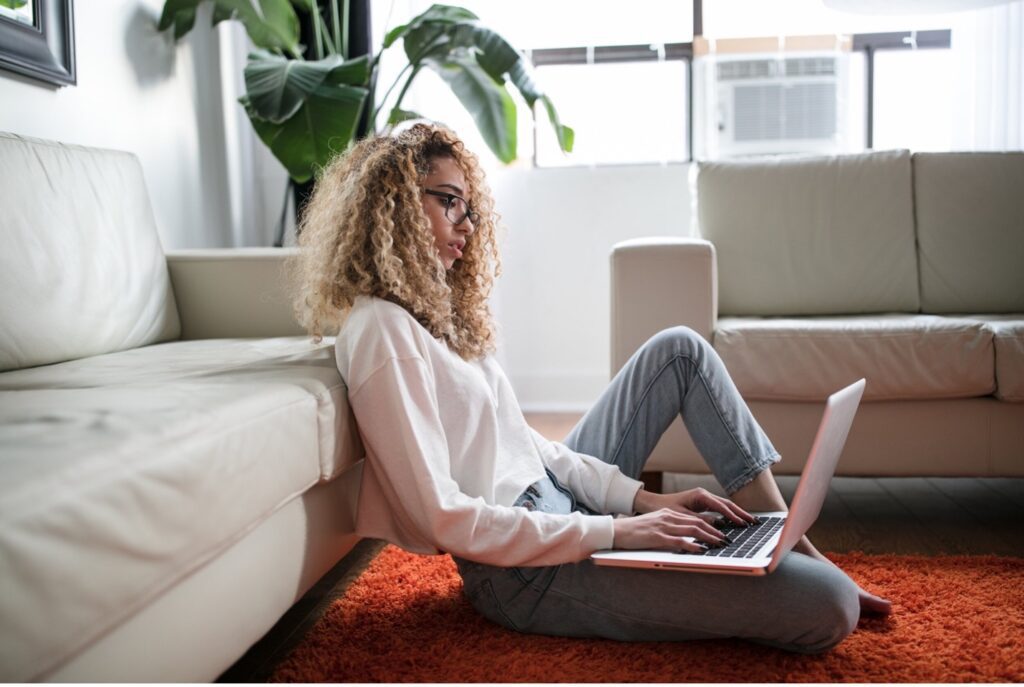
Without a doubt, 2020 has been a year like no other, and for many, it has been arduous and exhausting. It has tested the limits of our mental health as we attempt to protect our physical health and that of our families and local communities. Around the world, many of us have had to stay at home in order to limit the spread of COVID-19, forcing us into new and unexpected circumstances like working from home, home-schooling, caring for children and/or other family members, and in some cases, being laid off from work.
These changes have been incredibly taxing on our mental health, with conditions like anxiety, loneliness, and depression on the rise worldwide. While stuck in our homes and restricted from many of the activities that contributed to our overall wellbeing (things like working out in a gym or fitness studio, meeting up with friends at a restaurant, or taking a vacation after planning the trip for months), we have had to rethink what makes us happy, what gives us comfort and security, and what provides us with a sense of belonging.
IKEA’s Life at Home Report
These are some of the considerations that IKEA, the Swedish home furnishings retailer, addressed in its newly published Life at Home Report 2020. Each fall IKEA produces this report, sharing the results of its extensive research, in order to determine the global behaviors and preferences of people around the world relating to home life. This year, the team at IKEA surveyed and interviewed over 38,000 people across the globe in order to drill down on the trends of life at home over this past year and make predictions for the year to come.
In a year when the psychology of home has moved to the forefront of our awareness, IKEA has identified the emotional needs of home as privacy, security, comfort, ownership, and belonging. As the report states, “everyone has the right to create a better life at home – one that helps them thrive, not just survive.”
The Importance of Sanctuary
The concept of sanctuary was prevalent throughout the report. 78% of respondents stated that their home provided a necessary sense of sanctuary during restrictive or lockdown measures in their communities. Our homes provided us with the security and ownership that we were craving, helping to relieve our feelings of fear, uncertainty, and anxiety toward the outside world. As Ashley, a survey respondent from the US, stated, “My home is basically the only place that feels safe to me right now – it’s the only place where I have control. I know that everything is clean and I have the ability to ensure my safety. Outside of here, I don’t have that control, so that uncertainty over whether other people are taking it as seriously as me highly impacts my security.”
The report also points out that across the globe, people are reevaluating the importance of their home and what they want it to provide. Three key priorities have emerged: time for what matters most (family, friends, and personal time), space for all of our activities (think work-from-home setups, hobby spaces, and privacy for all household members), and access to nature, greenery, and green spaces. As Albert from Hong Kong reported, “This experience has made me realize the importance of nature in my home life.”
In fact, IKEA’s report goes on to predict the top three home trends for the upcoming year, which can be summarized as Wellness, Community, and Flexibility.

WELLNESS
IKEA sees the concept of a healthy home as one that meets both our physical and emotional needs and points out that homes have not been designed with our well-being in mind. Health and wellness will become “the gold standard for a better life at home.”
Adding to this, the report underscores the importance of access to nature and greenery. The concept of biophilic design has been around for decades, but this year it has gained importance as so many people have been cut off from their connection to nature and the psychological benefits that it provides. IKEA predicts a trend toward more integrated indoor and outdoor spaces; more balcony, rooftop, patio, and community gardens; and a greater focus on natural light and large windows.

COMMUNITY
Our connection to our community provides the necessary elements of belonging, ownership, and security that have become so important over the last year. “Meaningful community spaces…will start to become more important. They’ll expand the definition of home in a spiritual sense, as opposed to a physical sense,” predicts Sharlene Gandhi, a Sustainability and Global Inequality Journalist from the UK.
The report expects to see an increase in local community activity and support. Things like homegrown and locally-grown food and urban gardens will become more popular, as well as local networks for online and offline support, and community centers for sports clubs and interest groups to meet up.

FLEXIBILITY
Our needs for comfort and privacy in our homes depend on more flexibility in the use of spaces throughout the house. This means there will be a trend toward less dedicated spaces and more multi-use spaces in the home. “Home design will become more creative and thoughtful,” the report predicts.
As we continue our transition toward a more home-based lifestyle, we will need to find creative ways to accommodate all of our activities: the usual ones that are taken into consideration when designing a home (eating, sleeping, and bathing) as well as the more modern ones that contribute to our holistic quality of life (working out, working from home, schooling from home, space for hobbies like reading and making art, and space for wellness practices like meditation and yoga).

In short, 2020 has been an unforgettable year that has forced us collectively to reconsider what our homes mean to us and how they affect our well-being. As Philip Hubbard, Professor of Urban Studies at King’s College London noted, we are finally coming to the realization that “the quality of our home space is an increasingly important determinant of our physical and mental health.” As we continue to reassess our priorities around our quality of life, we will likely continue to see a trend toward a holistic approach to living at home. To learn more about how we design for wellness, visit our website.
